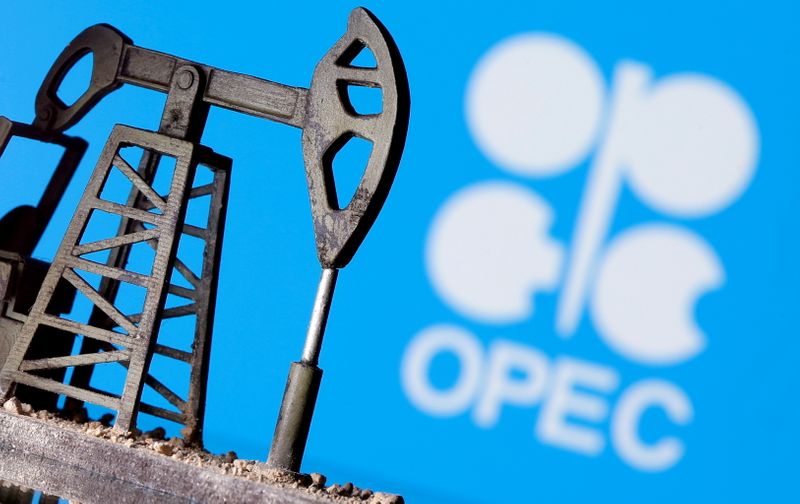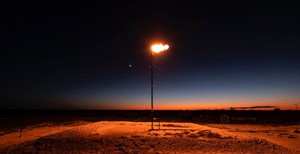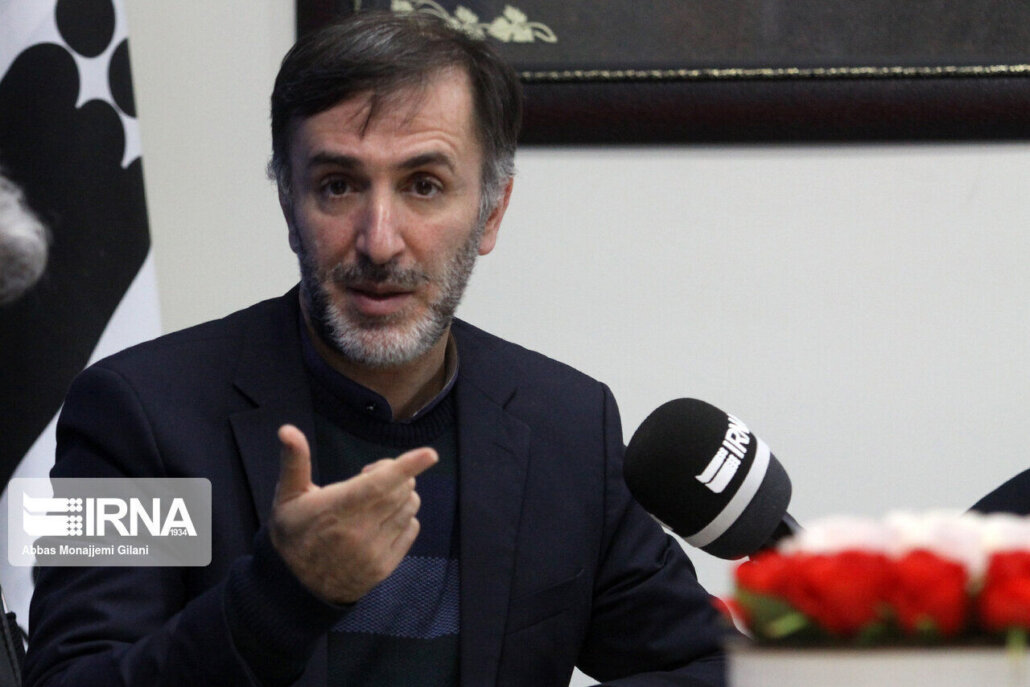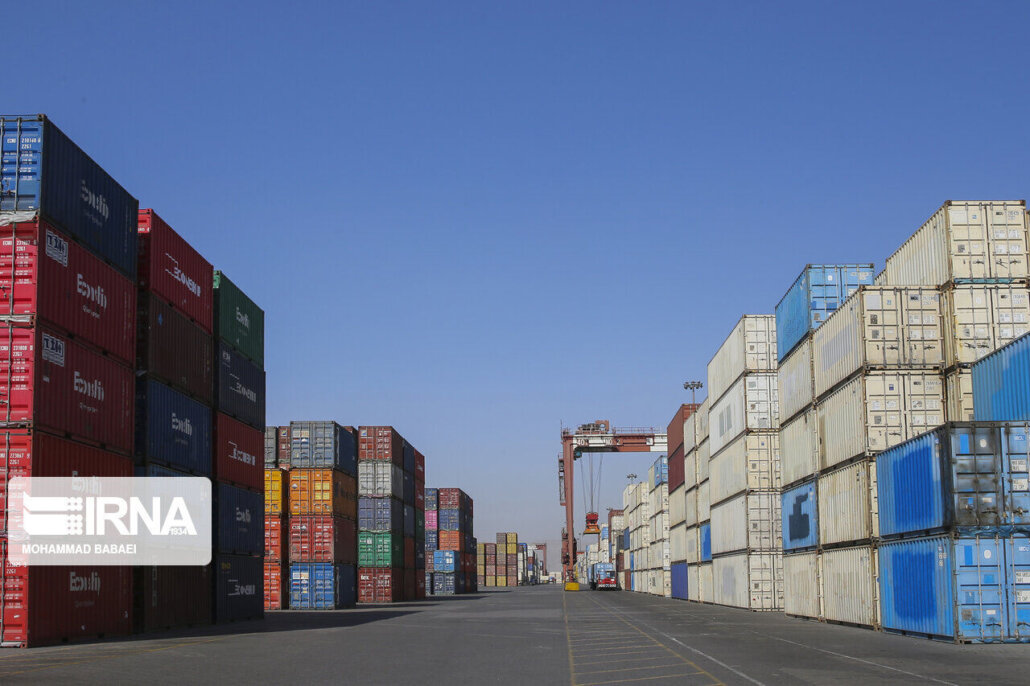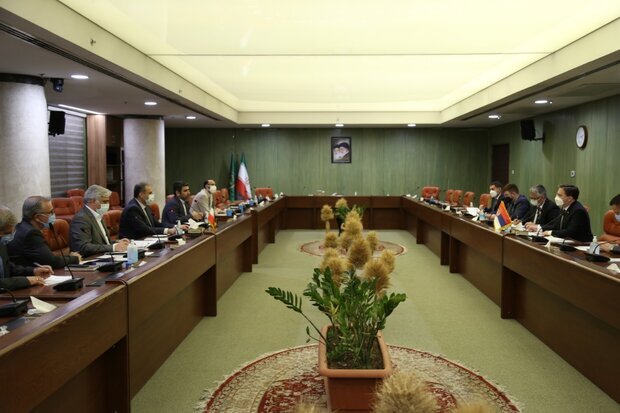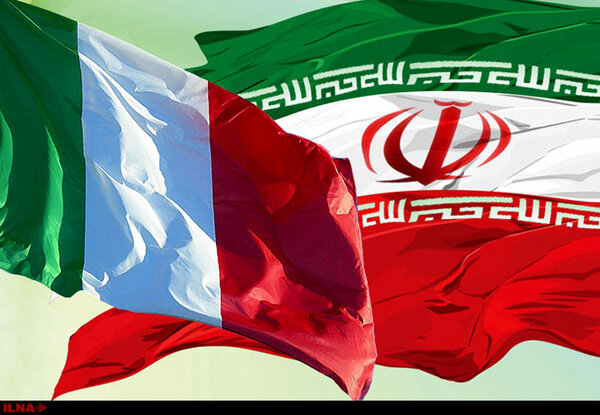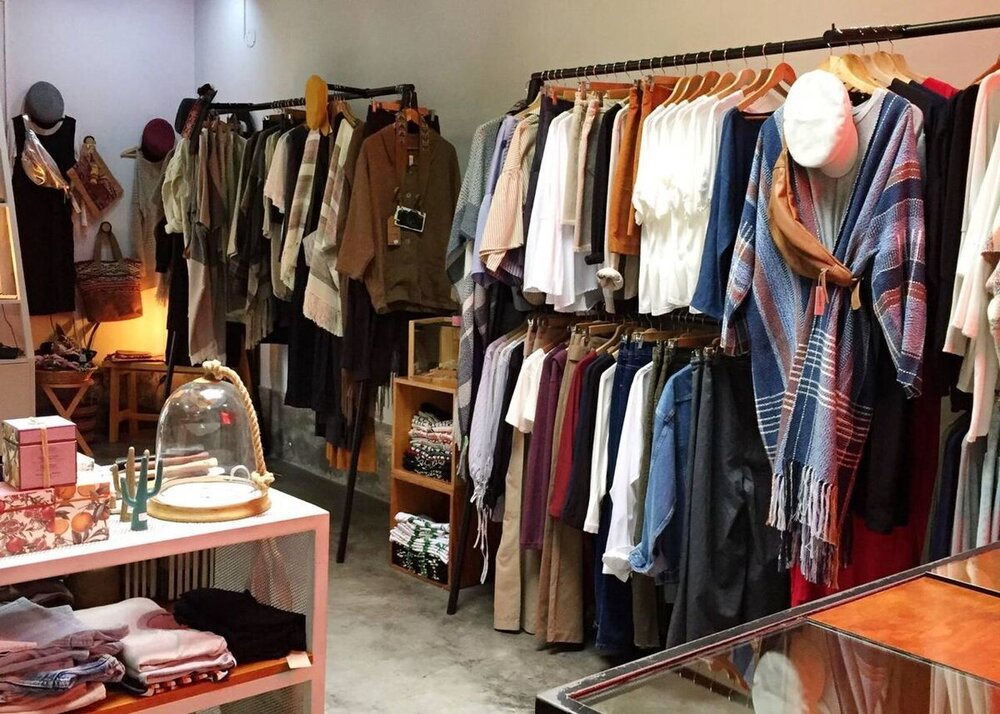(Bloomberg) –Saudi Arabia said any extra oil from the OPEC+ cartel would do little to bring down surging natural-gas prices.
“We see our role as extremely limited,” Saudi Energy Minister Prince Abdulaziz bin Salman said during the CERAWeek India Energy Forum on Wednesday. “The issue is not the availability of crude oil. Even if we made it available in tons and tons, who’s going to burn it? Who is in need of it? And are they in need of crude or in need, for example, of gas?”
Gas and coal futures have soared to record highs in recent weeks amid shortages of the fuels across much of Europe and Asia. Oil has also risen as some power producers switch to crude, but it’s been less volatile, thanks in part to OPEC+ committing to steady production increases.
Prince Abdulaziz said oil demand may rise by 500,000 to 600,000 barrels a day if the northern hemisphere’s winter is colder than normal. That’s roughly 0.5% of global consumption.
Any further boost to demand may be limited because many gas-fired generators cannot switch easily to oil, which is also a far dirtier fuel.
The Organization of Petroleum Exporting Countries and its allies — a 23-nation group led by Saudi Arabia and Russia — have pledged to raise daily output by 400,000 barrels each month. Some major consumers, including the U.S. and Japan, have called on exporters to do more to lower oil prices, which are up around 65% this year to over $80 a barrel.
“The frustration is that I feel oil is being taken for a ride when the real issues are not being attended to,” the prince said.


